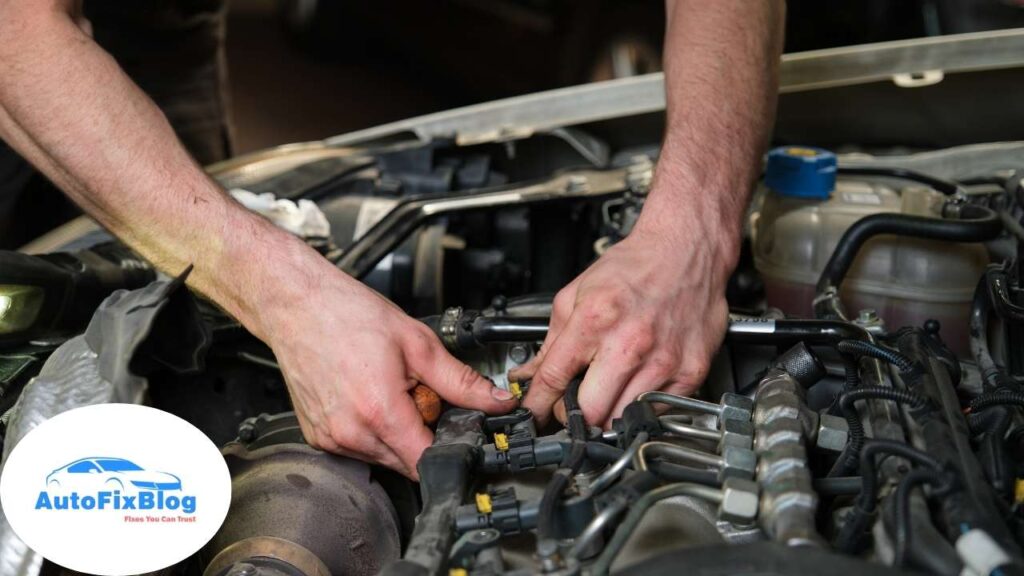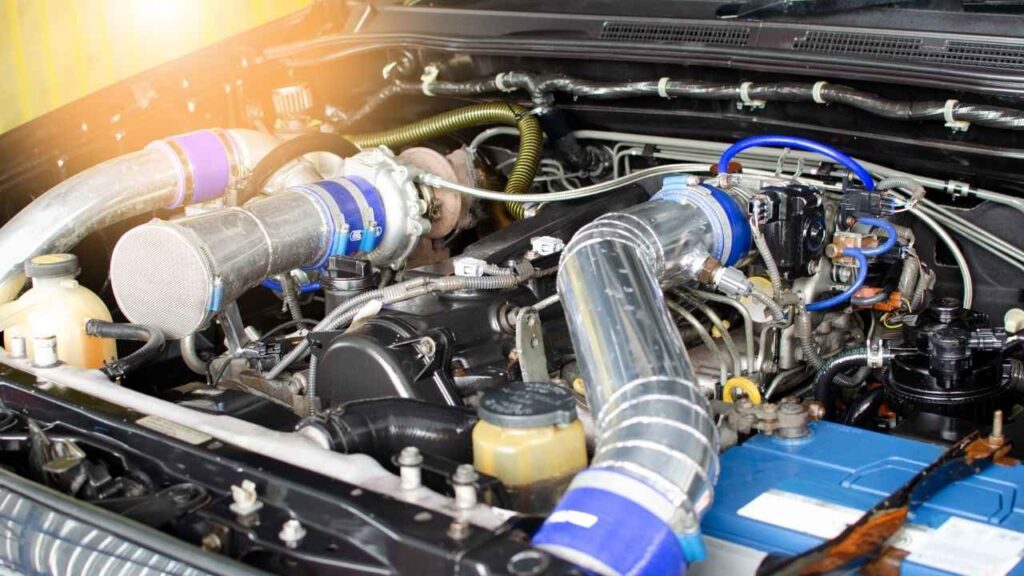Fuel injectors are vital for your car’s performance. They ensure that the engine receives the right amount of fuel in a precise mist to mix with air for combustion. Over time, however, these injectors can become clogged, worn out, or damaged, leading to poor engine performance, misfires, or decreased fuel efficiency. If you’re experiencing these issues, learning how to test fuel injectors on a car is an essential skill that can save you time and money.
This guide walks you through various methods to diagnose faulty fuel injectors and keep your vehicle running at its best.
Signs of Faulty Fuel Injectors
Before diving into how to test fuel injectors on a car, it’s important to recognize the symptoms of potential issues:
- Engine Misfires: If a fuel injector isn’t delivering fuel properly, the engine may misfire.
- Poor Acceleration: A clogged or failing injector can reduce engine power.
- Rough Idling: Faulty injectors can cause uneven idling.
- Increased Fuel Consumption: Inefficient injectors may lead to poor fuel economy.
- Strong Fuel Smell: A leaking injector may cause a noticeable fuel odor.
- Check Engine Light: Injector problems often trigger error codes on the car’s onboard diagnostics system.
Tools Needed to Test Fuel Injectors
Testing fuel injectors requires some basic tools and equipment:
- Multimeter
- Noid light (to test injector pulses)
- Fuel pressure gauge
- Mechanic’s stethoscope or screwdriver (to listen for clicks)
- Safety gloves and goggles
- Diagnostic scanner (optional but helpful)

How to Test Fuel Injectors on a Car
1. Visual Inspection
The first step in diagnosing fuel injectors is a simple visual inspection:
- Check for Leaks: Inspect the area around the injectors for fuel leaks.
- Look for Corrosion or Damage: Ensure there are no visible signs of wear, corrosion, or physical damage to the injectors.
A quick visual check often provides clues about obvious injector issues.
2. Listening for Injector Pulses
An easy method to start testing is to listen for the characteristic clicking sound of working injectors. Here’s how:
- Use a Mechanic’s Stethoscope: Place the tip of the stethoscope against each injector while the engine is idling.
- Listen for Clicking: A functional injector will emit a rhythmic clicking sound as it opens and closes.
If you don’t have a stethoscope, you can use a long screwdriver:
- Hold the handle against your ear and touch the blade to the injector.
No sound or irregular clicking could indicate a problem.
3. Testing with a Multimeter
Fuel injectors are controlled electronically, and a multimeter can test their resistance:
- Turn Off the Engine: Make sure the car is off and cool. Disconnect the injector connectors.
- Set the Multimeter: Switch the multimeter to measure resistance (ohms).
- Check Injector Resistance: Touch the multimeter probes to the terminals of each injector.
Compare the readings to your vehicle’s specifications (usually listed in the owner’s manual or online). A reading outside the recommended range suggests a faulty injector.
4. Using a Noid Light to Test Injector Pulse
If you’re wondering how to test fuel injectors on a car electronically, a noid light can help determine whether the injectors are receiving signals from the ECU (Engine Control Unit):
- Turn Off the Engine: Disconnect the electrical connector from the injector.
- Plug in the Noid Light: Attach the noid light to the connector.
- Start the Engine: Crank the engine and watch the light.
A flashing light indicates that the injector is receiving a signal. If the light doesn’t flash, the problem may lie in the wiring, connectors, or ECU rather than the injector itself.
5. Fuel Pressure Test
A fuel pressure test checks whether the injectors are delivering fuel effectively:
- Attach the Fuel Pressure Gauge: Connect the gauge to the fuel rail (follow the manufacturer’s instructions).
- Start the Engine: Observe the pressure reading on the gauge.
- Compare to Specifications: Check your vehicle’s manual for the correct pressure range.
If the pressure is too low or drops rapidly after turning off the engine, a leaking or clogged injector may be to blame.
6. Injector Flow Test
An advanced test involves measuring the fuel flow from each injector:
- Disconnect the Injectors: Remove the fuel rail and position test containers under each injector.
- Activate the Injectors: Use a diagnostic tool to activate the injectors and measure the amount of fuel delivered.
- Compare Outputs: Uneven fuel flow indicates a faulty injector.
This test is best performed by a professional or with specialized equipment.
Preventing Fuel Injector Issues
Now that you understand how to test fuel injectors on a car, it’s equally important to maintain them:
- Use Quality Fuel: High-quality gasoline often contains detergents that prevent deposits.
- Add Fuel Injector Cleaner: Periodic use of fuel injector cleaner can remove build-up.
- Regular Maintenance: Follow your car’s maintenance schedule to keep the injectors and fuel system in good shape.
- Replace Fuel Filters: A clean fuel filter ensures that debris doesn’t clog the injectors.
When to Replace Fuel Injectors
If your tests reveal that one or more injectors are faulty, it’s time to replace them. Replacing all injectors simultaneously is often recommended, especially for high-mileage vehicles, to ensure consistent performance.
Learning how to test fuel injectors on a car can help diagnose performance issues and save you from costly repairs. From listening for clicks and using a multimeter to conducting a fuel pressure test, these methods can pinpoint whether your injectors are functioning properly.
Maintaining your fuel injectors with regular cleaning and quality fuel is key to avoiding problems in the first place. Whether you perform these tests yourself or consult a mechanic, understanding your fuel injectors’ role ensures smoother, more efficient driving.



